Learn to make healthy homemade tahini (sesame seed paste) with no added oil that is head to toes tastier than anything you can get off the shelf. And the even better news? The only ingredient is sesame seeds!
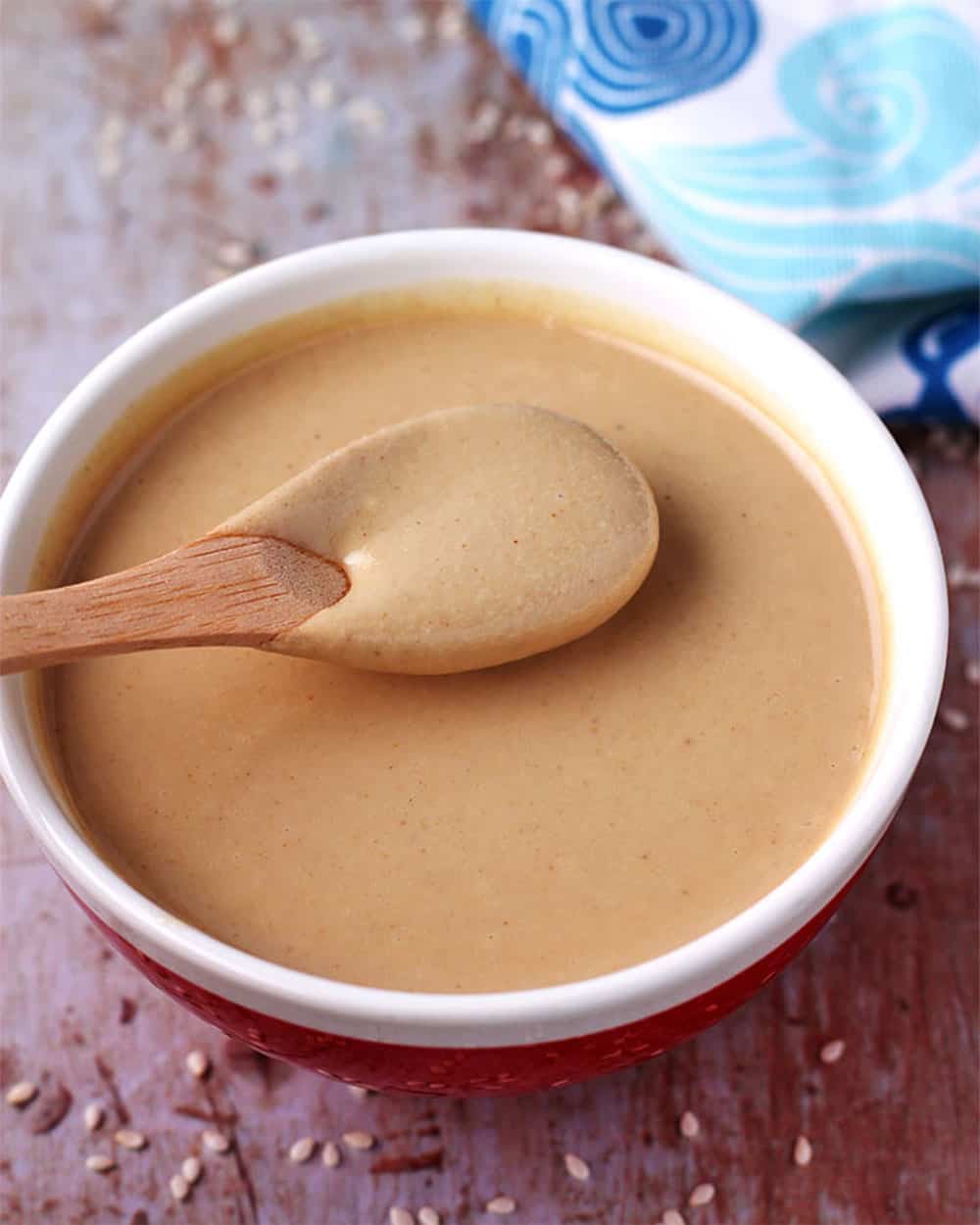
Tahini is a deliciously creamy ingredient I use to make everything from classic tahini and lemon dressing to adding flavor to vegan tofu sausage crumbles and, of course, creamy oil-free hummus.
There's a secret to certain brands of tahini that you should be aware of. Oil (and sometimes non-specific 'oil') is used to process it. That's one reason I decided to learn to make my own.
Table of Contents
🥣 What is tahini?
First and foremost, tahini is a paste made from ground sesame seeds. That means it is naturally vegan. Tahini has a nutty flavor, although not as pronounced as peanut butter or other kinds of nut butter.
Once elusive and known to only a few American home cooks, tahini has become a staple ingredient. It's no longer limited to making creamy hummus or baba ganoush.
⭐ Why You'll Love This Recipe
Healthier. Making your own tahini gives you complete quality control. You can eliminate added oil, salt, or preservatives that might be hiding in that jar stashed in the back of the cupboard.
Tastier. Fresh tahini from toasted, hulled sesame seeds has a bold, nutty flavor.
Economy. High-quality tahini without added oil (if you can find it at the grocery store) is expensive.
📋 One Ingredient
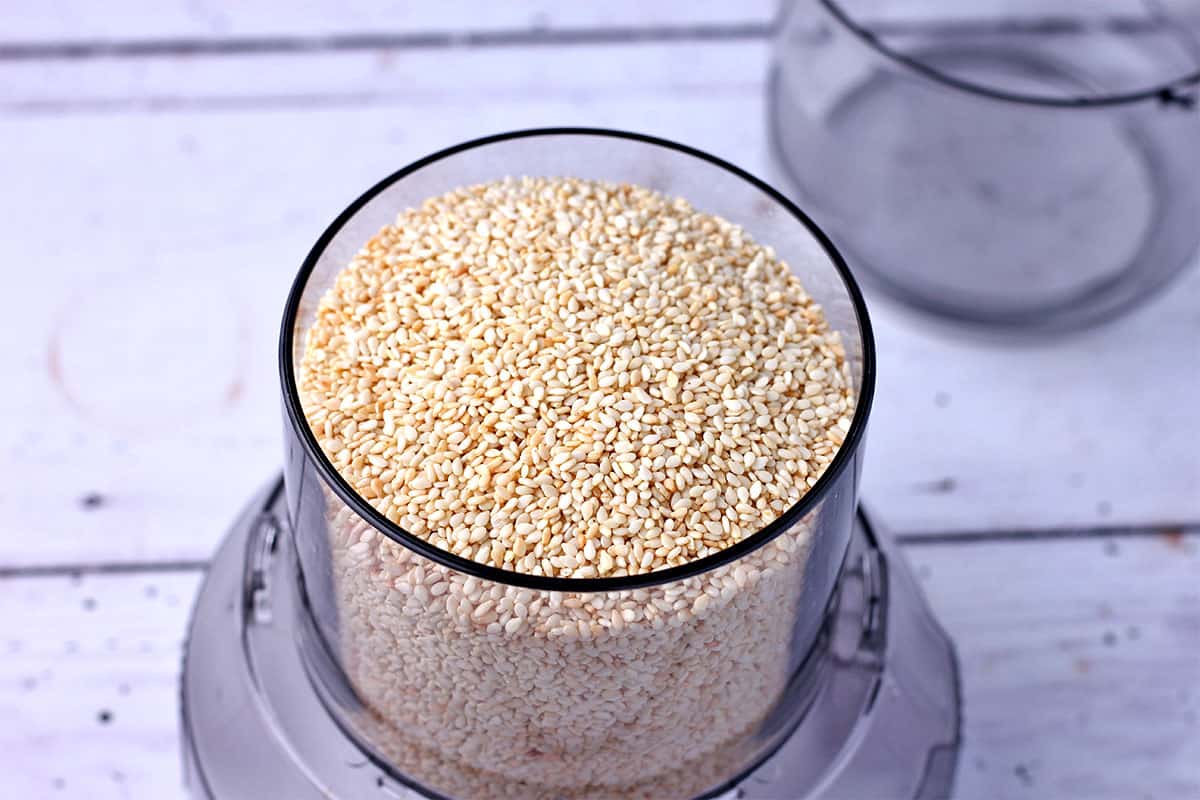
Sesame seeds. The best-tasting tahini uses hulled sesame seeds. Hulling is the process of removing the outer casing of sesame seeds. In my experience, tahini made with unhulled seeds can have a bitter flavor and a less creamy texture.
Conversion
Two cups of sesame seeds will yield one cup of creamy tahini.
🔪 Equipment You'll Need
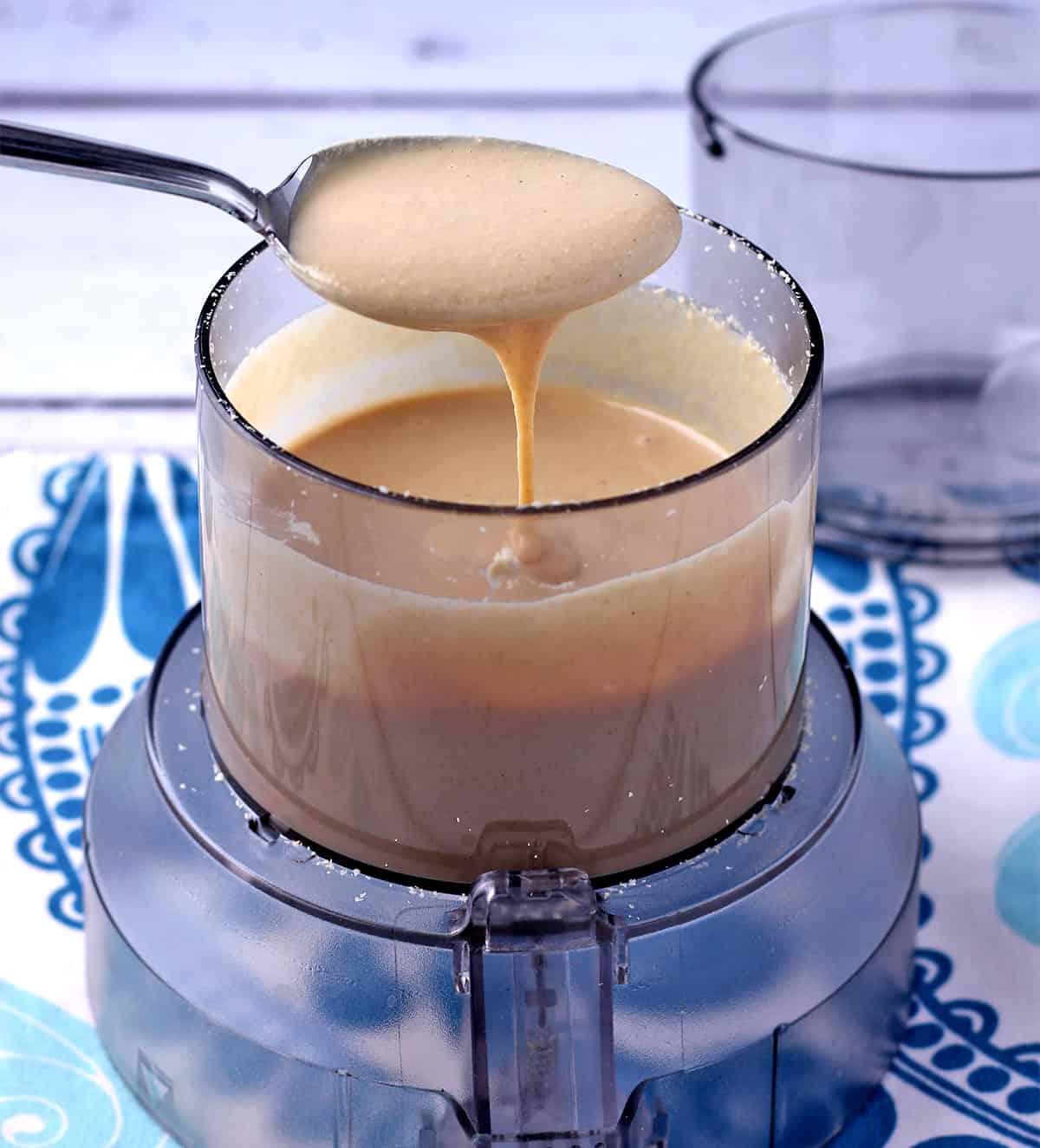
Making sesame paste requires a high-speed blender or food processor (ideally, high speed). Still, you can use a blender or a spice grinder if you make a small amount.
You need enough volume of seeds to create friction between the sesame seeds and the sides and blades of the apparatus. Use at least 2 or 3 cups of sesame seeds if you have a larger food processor.
💡 Pro Tips
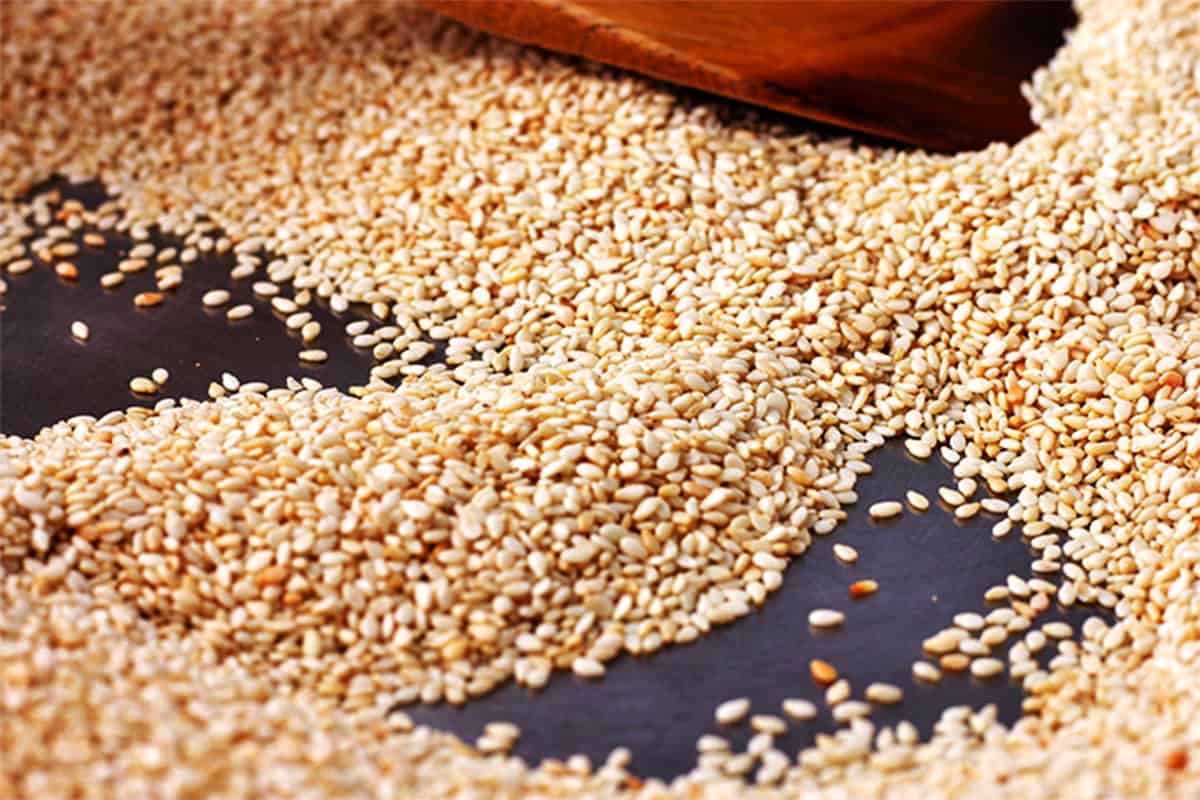
- Toasting the sesame seeds first helps the seeds to blend into a smooth paste and makes a better-tasting tahini. I've found that warm sesame seeds are easier to process into creamier tahini.
- As the seeds break down, they become crumbly and appear dry. Be patient and keep processing. Continuous friction and the heat generated through processing are essential in creating creamy sesame paste.
- Scrape the sides of the food processor or blender frequently.
Troubleshooting
If you end up with a crumbly or firm texture and can't get the sesame seeds to break down further, here are some ideas to rescue the situation.
- Switch devices. There may be too much space in your food processor. Move the sesame seeds to a spice grinder or small processor. Even in batches, this may do the trick. In my experience, this has worked well.
- Add liquid. Add a little warm water if all else fails. For some tahini recipes, the suggestion would be to add sesame or olive oil, but we aren't going there.
🍽 How to Use Tahini
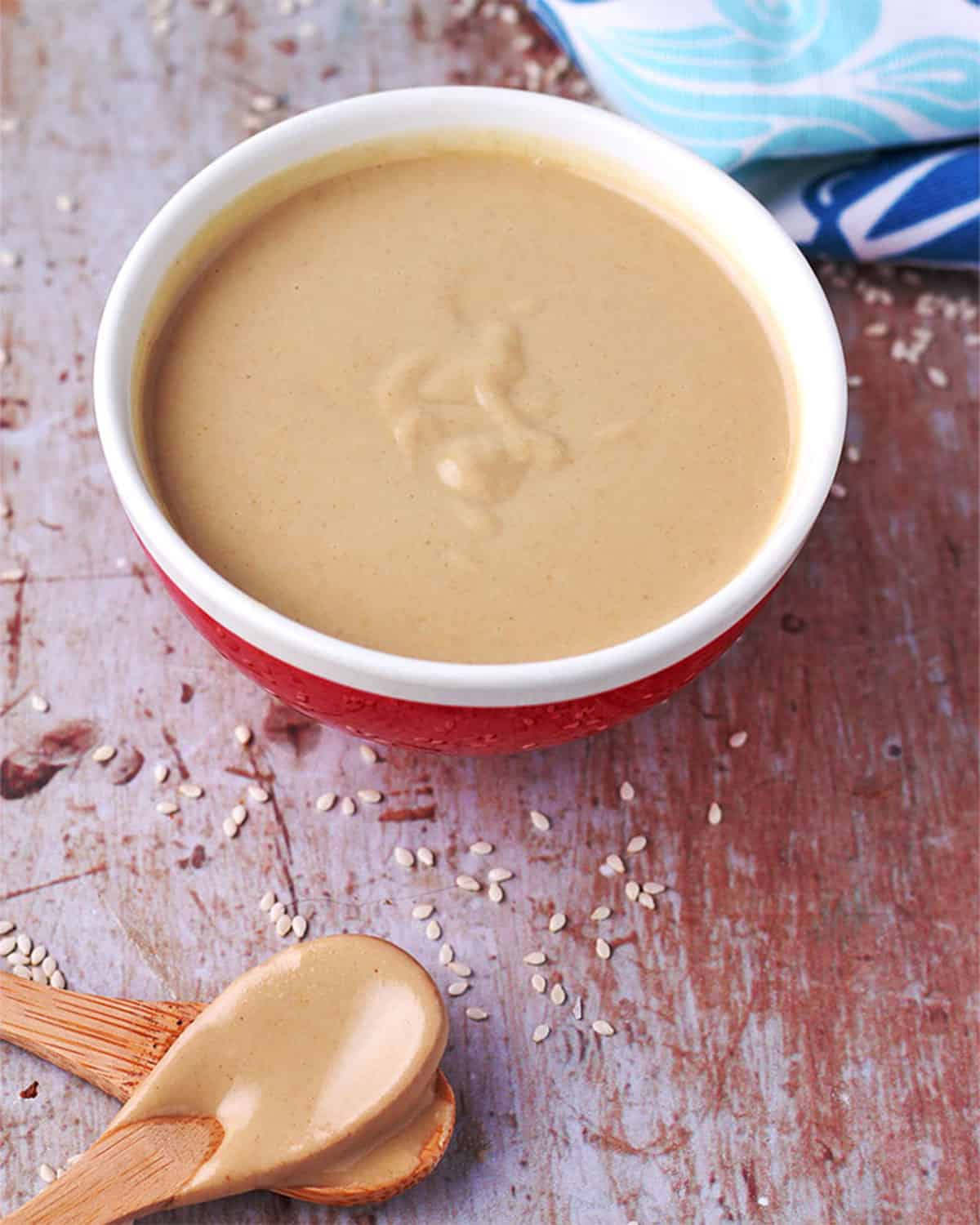
Tahini is used to make creamy salad dressings or to add a touch of healthy oil to baked goods like vegan hamburger buns, veggie burgers (think chickpea burgers), and other delicious recipes.
One of the most delicious ways to use tahini as a main ingredient for a simple tahini sauce recipe with lemon juice and garlic. Tahini is a delicious ingredient in simple pasta sauces or glazes for cauliflower or tofu.
🌡️ Storage
After tahini is refrigerated, it can become dense, almost semi-solid. This is easy to remedy. Place unused tahini in an airtight container and, as mentioned above, keep it in the refrigerator.
Before using refrigerated tahini, allow it to warm up. Set it out on the counter and warm it to room temperature. If it is super-solid, run warm water over the sealed container.
If you are blending tahini with a few simple ingredients, toss it in a small bowl with a bit of water, citrus juice, or vinegar and stir for about a minute. The tahini will get smooth and turn a lighter color.
💭 Frequently Asked Questions
Even tahini with no added oil contains natural sesame oil, so you should always refrigerate it. Refrigeration keeps the tahini fresher longer.
Tahini is a seed butter, so depending on intended use, use sunflower seed butter or nut butter such as natural peanut butter, almond butter, or cashew butter. If you make a salad dressing or sauce, you might consider aquafaba (chickpea juice) as an alternative.
Tahini, made with only sesame seeds, is a source of the healthy fats we all need. It also offers significant nutritional value. It is high in fiber, protein, calcium, selenium, and copper. This means that a bit of tahini has anti-inflammatory properties and can help the body absorb iron and regulate blood pressure.
🧾 Related Recipes
Hungry for more? Subscribe to my newsletter and follow me on Facebook, Pinterest, and Instagram for all the newest recipes!
👩🏻🍳 Recipe
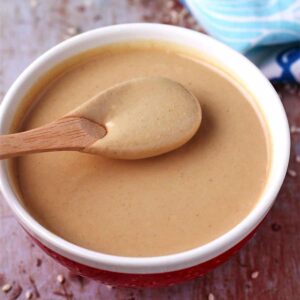
Healthy Homemade Tahini: Oil-free Recipe
Rate this Recipe:
Ingredients
- 2 cups hulled sesame seeds
Instructions
- Toast the sesame seeds. Heat a heavy-bottomed skillet or pan and add the sesame seeds. Use a wooden spoon or heat-resistant utensil to constantly toss and stir the seeds. Toast for 1-2 minutes until the seeds start to brown.
- Blend the seeds. Transfer the sesame seeds to a food processor (see notes for equipment recommendations). Start at a slow speed and then gradually increase as the seeds break down. Continue processing, scraping the sides, until the tahini is smooth and creamy.
Notes
- Use a guideline of 2 cups of sesame seeds for 1 cup of tahini. The nutritional information provided is based on one tablespoon.
- Making sesame paste requires a food processor or other devices such as a blender or spice grinder.
- You need enough volume of seeds to create friction between the sesame seeds and the blades and sides of the apparatus. Use at least 2 or 3 cups of sesame seeds if you have a standard food processor.
- If you can't get the creamy texture you desire, consider transferring the tahini to a smaller blender or spice grinder (even in batches). If all else fails, add a little warm water and continue blending.
- Store tahini in an airtight container or jar in the refrigerator for a month. Stir it before using. Warm it to room temperature if it starts to get stiff, or warm the container in warm water.
Nutrition
Nutritional information is an estimation only.


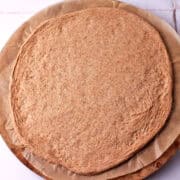
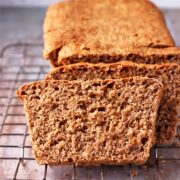

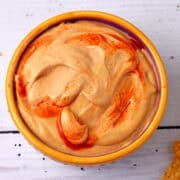
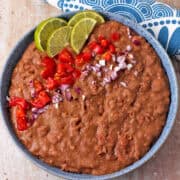
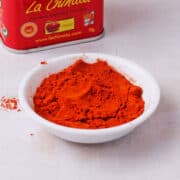
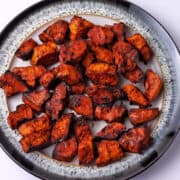
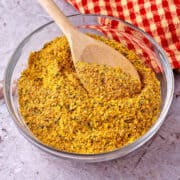
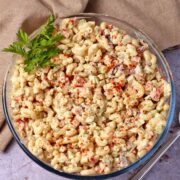
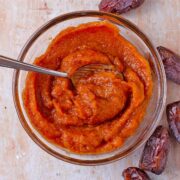
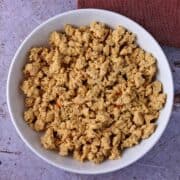
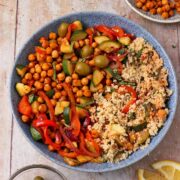
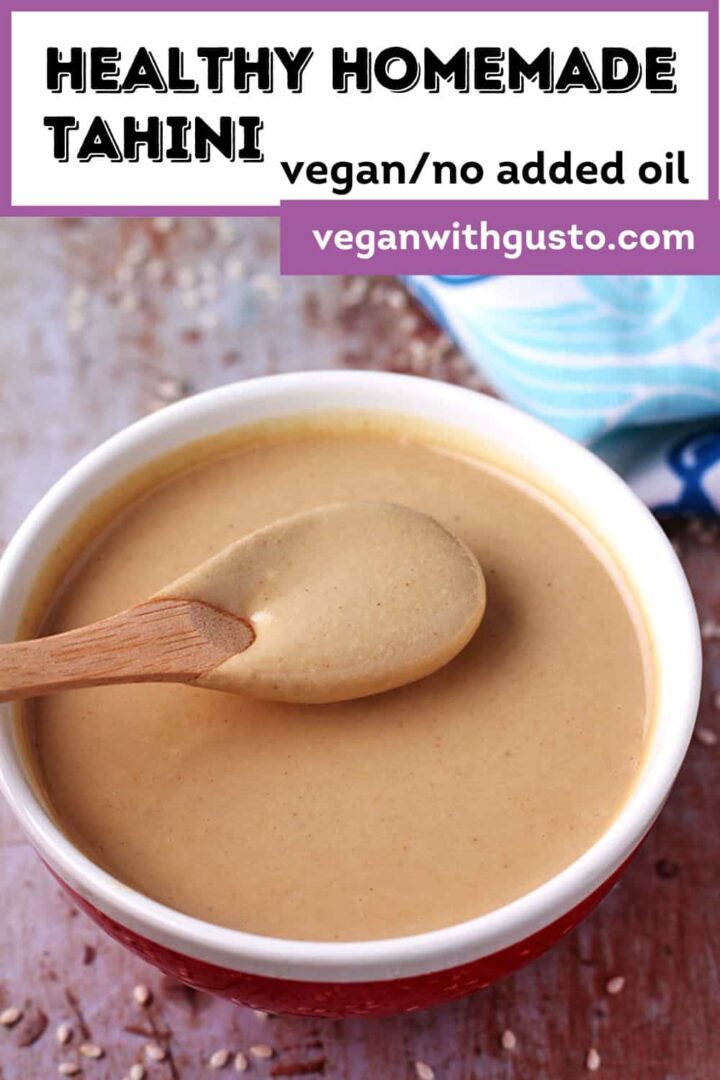
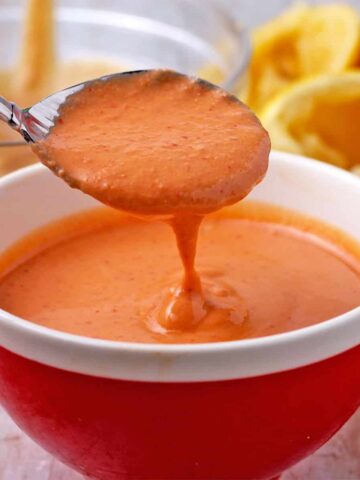
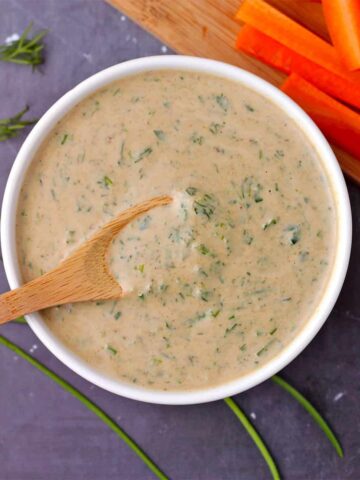
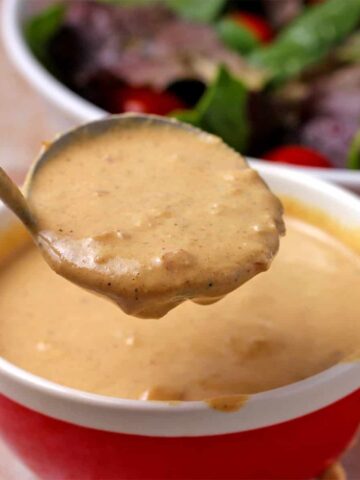
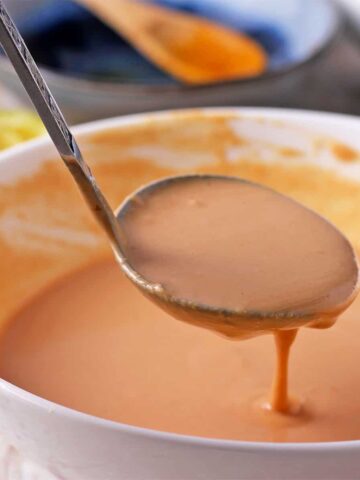
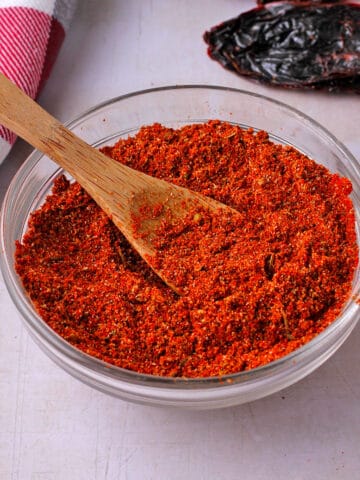
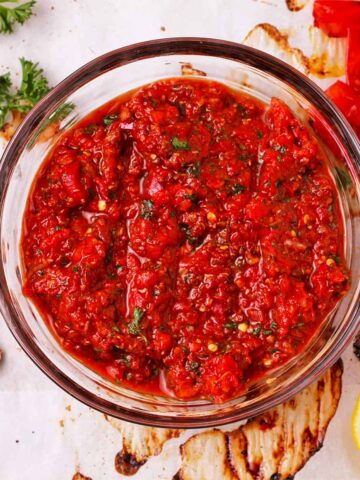
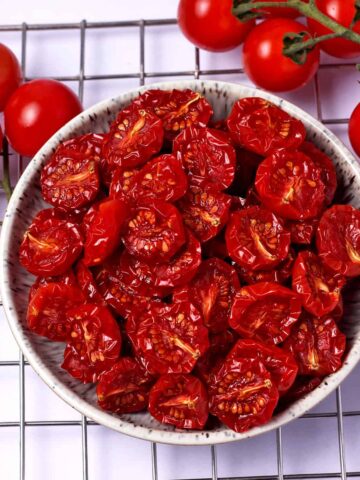
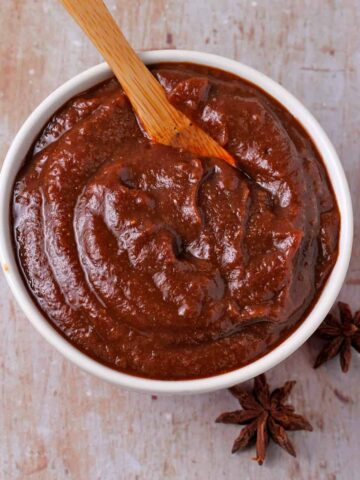
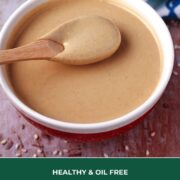
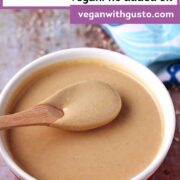
Mary
Denise, I followed instructions exactly. My tahini is crumbly and not liquidy at all. Ideas to fix this. Thanks.
Denise
Hi, I tried to recreate this using my food processor, rather than spice grinder because my food processor doesn't have as much power and the container is bigger. As I was processing, I added warm water a tablespoon at a time and that seemed to do the trick. Try that and please let me know how that goes. It may have to do with the sesame seeds (how old they are, hulled or unhulled), but we'll work at it together and solve it.
Astrid
HI, I added warm water and it worked really well, I used more water than I thought I would. Patience is key though. Thank you for the tip.
Audra
Where did you get that grinder?
Denise
Hi Audra, this is a spice grinder that came with my Bosch food processor. It's a mid-range model. I've also got a 'coffee' grinder that works well for tahini too. I've found that my larger processor is too big. If you have a good blender, that would work as well.
Cheers, Denise.
Louise
Yes, best hummus I’ve ever made. Delicious tahini. Thank you.
Denise
So glad you like it! I've quit buying tahini because I'm always disappointed compared to making it. It's too easy not to. Thanks for the review.
Cheryl Chua
Hi! May i know the power of the blender you were using, or what a suitable power would be for a blender/ food processor?
Thanks!
eileen
This came out like a paste despite blending in a food processor and then switched to a vitamin to see if it would help. I added warm water along the way but it just never liquified. Not sure what to change?
Denise
Did you toast the sesame seeds first? I think heat helps them. I made tahini a few days ago using my Vitamix first time with this). I used a cup of toasted sesame seeds. One thing I noticed was that it took time, started at a slow speed, and then increased for about 15 minutes total. I had to pause to mix the sesame seeds around a bit during processing. That did help. You might check your sesame seeds to be sure they are fresh.
Colleen
How do you tell if your sesame seeds are fresh? I want to make this but want to make sure I have the right seeds.
Denise
Hi, the easiest way is to check the date on the bag. It's kind of like beans when the bag is older, the beans tend to take longer to cook. If you get them from a bin, just be sure it's a busier store where the inventory circulates more frequently. Let me know if you have other questions - I'm here to help as best I can. 🙂
Em
I made it today and it came out perfectly.My kitchen smells delicious from the toasted seeds. As you toast the seeds you can see the oils releasing and I think that helped it come out so creamy. I'm definitely not buying tahini anymore. Thank you for this tecipe.
Denise
I am thrilled this worked out for you1 I love that smell of fresh tahini and it always makes me immediately start craving dressings and piles of lentils 🙂 Thanks for you kind response- it is much appreciated.